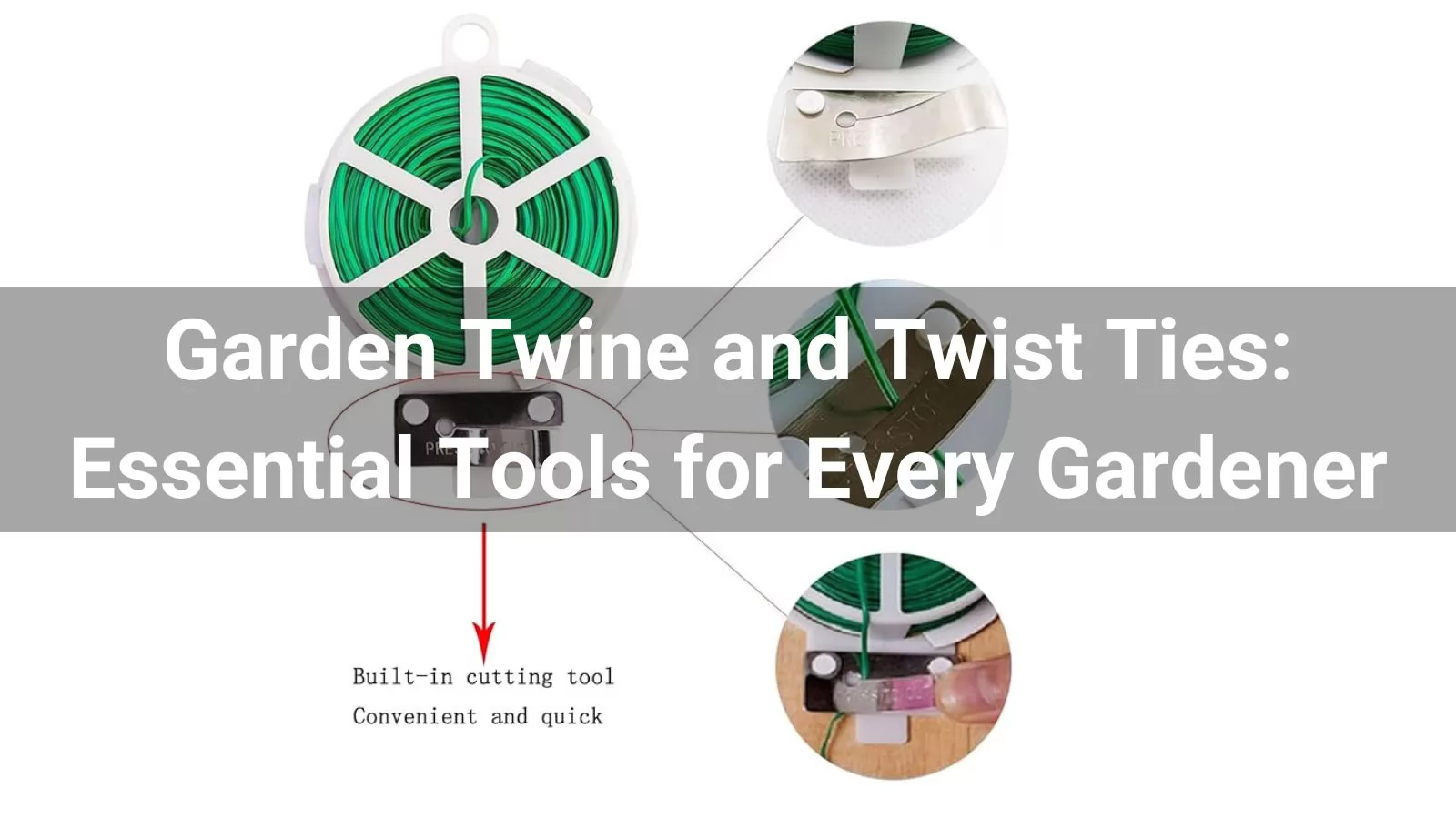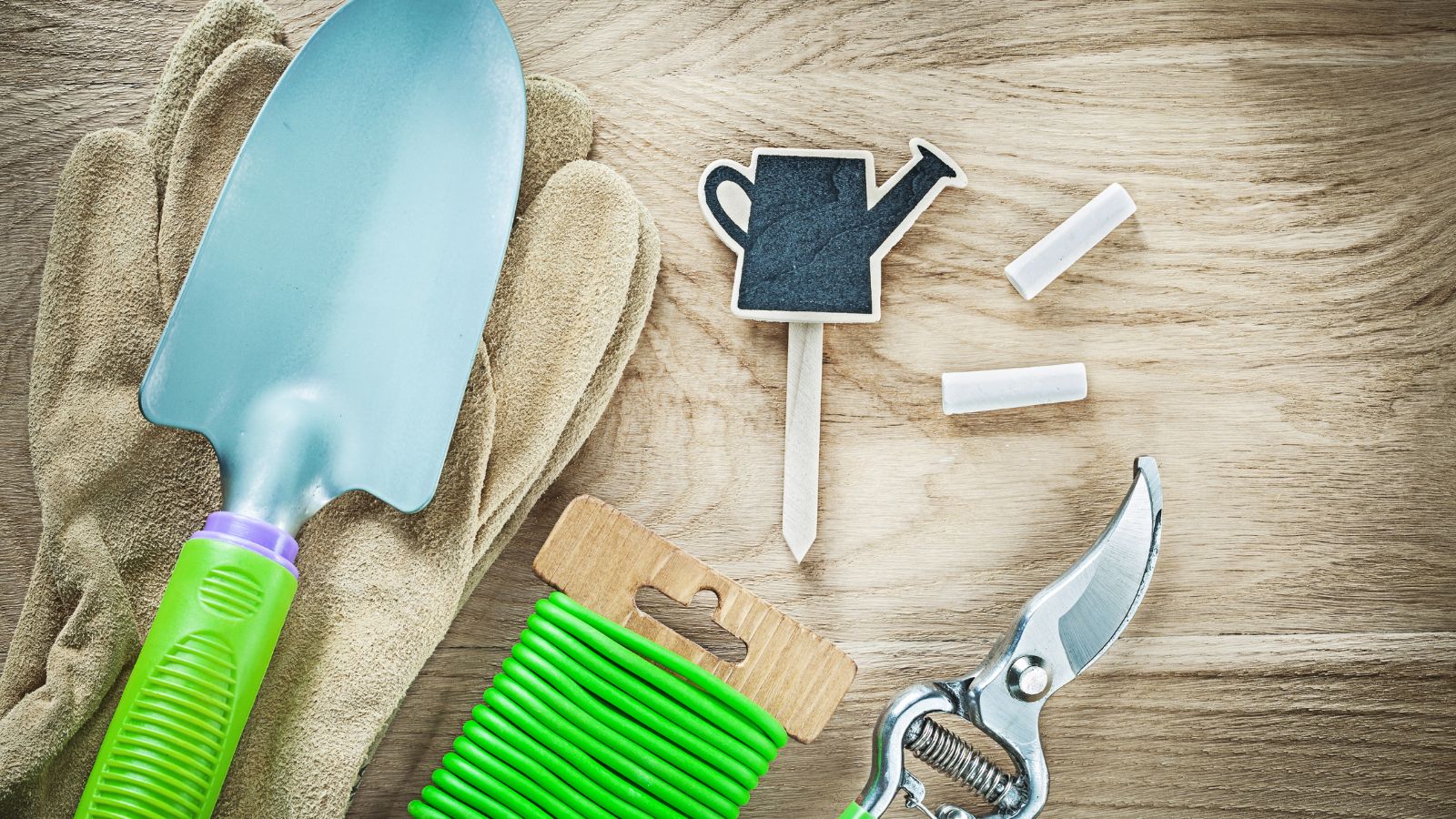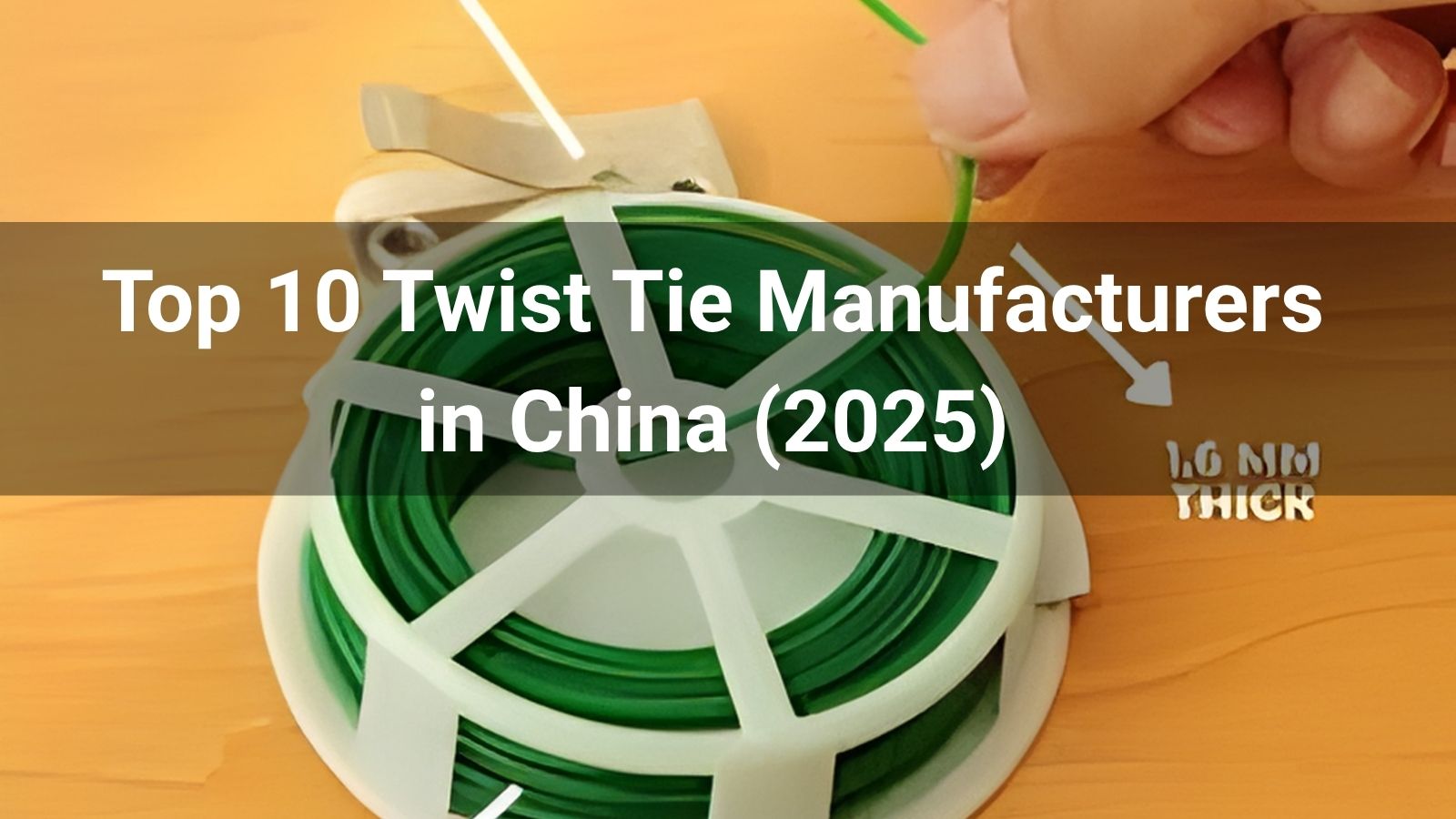
Gardening is a labor of love that requires patience, care, and the right tools to nurture plants into thriving displays of greenery, blooms, or harvests. Among the many tools available to gardeners, garden twine & twist ties stand out as versatile, affordable, and indispensable for tasks ranging from plant support to garden organization. Though simple in design, these tools play a vital role in helping gardeners maintain healthy plants and tidy plots. This article explores what garden twine and twist ties are, their uses, differences, and why every gardener should keep them on hand.
Garden twine is a strong, flexible string designed specifically for outdoor use. It is typically made from natural materials like jute, hemp, or cotton, though synthetic options such as nylon or polypropylene are also common. Available in various thicknesses, colors (often green or brown to blend with plants), and spool sizes, garden twine is tailored to meet the diverse needs of gardeners. Natural twines are biodegradable, breaking down over time, while synthetic versions offer greater durability and resistance to weather conditions.
The primary function of garden twine is to provide support and structure. For example, it is often used to tie climbing plants like tomatoes, cucumbers, or roses to stakes, trellises, or cages, ensuring they grow upright and avoid damage from wind or their own weight. Beyond support, twine is ideal for bundling harvested herbs, flowers, or vegetables, creating neat packages for storage or sale. Gardeners also use it creatively to build plant structures, such as bean teepees or netting frames, or to mark rows and sections in a garden for organized planting. Its soft texture ensures it won’t cut into delicate stems when tied carefully, making it a gentle yet sturdy ally in the garden.
Twist ties, on the other hand, are thin, flexible strips with a metal wire core encased in a coating of plastic or paper. Their design allows them to be bent and twisted into place, holding their shape securely until adjusted or removed. Available in precut lengths or continuous rolls, twist ties come in various colors—green for blending in, or bright hues like red for visibility—and are built to withstand outdoor conditions, though prolonged exposure to moisture may cause the wire to rust.
Twist ties excel in tasks requiring quick, temporary fixes. Gardeners use them to secure young or delicate plant stems to supports, such as attaching a sapling to a stake or guiding a vine along a trellis wire. They’re also handy for organizing garden tools, hoses, or cables, keeping the garden tidy. Additionally, twist ties can seal bags of seeds or fertilizer, attach plant labels to branches, or even serve as impromptu markers. Their ease of use—simply wrap and twist—makes them a go-to for gardeners who need a fast solution without the hassle of knots.
While both garden twine and twist ties serve similar purposes, they differ in ways that make each suited to specific tasks. Twine is stronger and better for heavy-duty applications, such as supporting large plants or bundling bulky harvests. Its natural or neutral appearance blends seamlessly into the garden, giving it an aesthetic edge for visible applications. However, using twine often requires cutting and knot-tying, which can be time-consuming for quick jobs.
Twist ties, by contrast, are all about convenience. Their wire core allows for rapid application and removal, making them ideal for temporary or adjustable tasks, like securing a plant that will soon outgrow its support. They’re less robust than twine, so they’re not the best choice for heavy plants or permanent structures. Additionally, their plastic or paper coating can make them look less natural, though green-coated options help mitigate this.
Another consideration is sustainability. Biodegradable twines like jute or hemp decompose naturally, leaving no trace, which appeals to eco-conscious gardeners. Synthetic twines and twist ties, while durable, may persist in the environment if not properly disposed of. For reusable tasks, twist ties have an edge, as they can be uncoiled and reused multiple times if handled carefully.
Garden twine and twist ties are not mutually exclusive; rather, they complement each other beautifully. A gardener might use twine to create a sturdy trellis for climbing beans, then employ twist ties to secure the young shoots as they begin their ascent. Twine might bundle a bouquet of freshly cut lavender, while twist ties keep a bag of saved seeds sealed tight. Together, they offer flexibility for both planned projects and spontaneous fixes.
Their affordability and availability add to their appeal. Both can be found at garden centers, hardware stores, or online retailers, often costing just a few dollars for a spool of twine or a pack of twist ties. Many gardeners keep both in their toolkits, ready to tackle any task that arises, from training a wayward vine to organizing a cluttered shed.
To get the most out of these tools, consider a few best practices. When using twine, tie knots loosely to avoid damaging plant stems, and opt for biodegradable options for temporary supports that will be left in place. For twist ties, choose weather-resistant varieties for outdoor use, and store extras in a dry place to prevent rust. Always cut twine or ties cleanly to avoid fraying, and remove non-biodegradable materials at the end of the season to keep your garden clean.
Garden twine and twist ties may seem like humble tools, but their versatility makes them indispensable for gardeners of all skill levels. Whether you’re supporting towering sunflowers, organizing a chaotic hose, or bundling a harvest of carrots, these tools provide the strength, flexibility, and convenience needed to succeed. By understanding their strengths—twine for durability and aesthetics, twist ties for speed and adjustability—you can choose the right tool for every job. So, the next time you head to the garden, make sure you have a spool of twine and a handful of twist ties ready. Your plants—and your sanity—will thank you. If you are looking for a reliable Chinese supplier, Contact us at Linkwin now!











We use cookies to make the website work, to provide advanced features, social media and traffic analysis, and we use analytics and third-party advertising cookies. If you choose to click "Deny All", you will retain the default setting of not allowing the use of cookies or other tracking tools other than technical tools.



